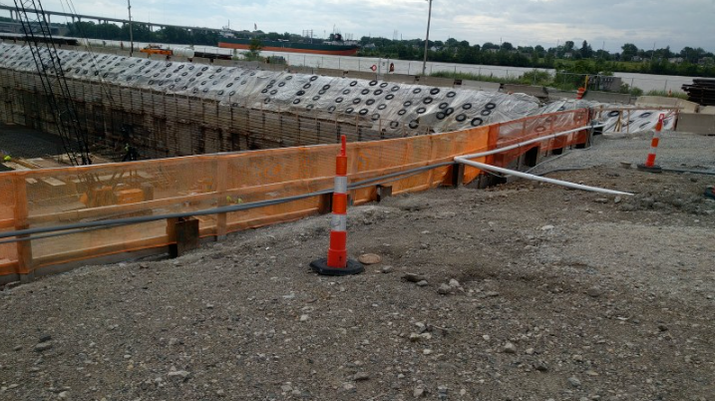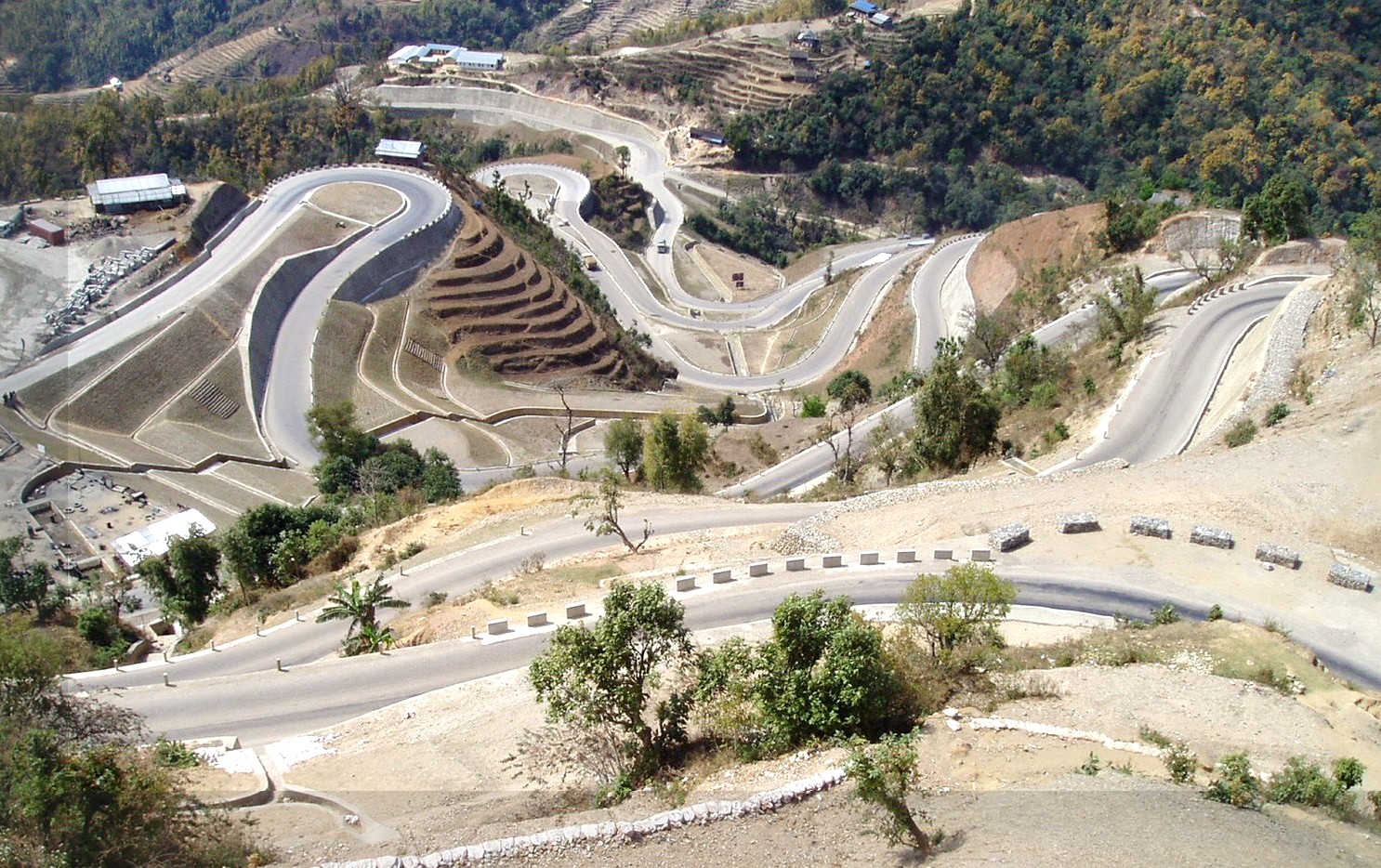A Comprehensive Examination of the Solutions Supplied by Consulting Engineers in the Field of Geotechnical Design: From Site Examination to Job Execution
Consulting engineers in geotechnical engineering play a pivotal role in the successful execution of building tasks, starting with thorough website investigations that expose important subsurface conditions. Their experience expands to dirt building analyses, ecological influence analyses, and the mindful monitoring of project implementation, guaranteeing positioning with security and sustainability requirements.
Value of Geotechnical Engineering
Geotechnical engineering is an important self-control that underpins the security and sustainability of civil infrastructure projects. By recognizing the mechanical actions of dirt and rock products, geotechnical designers examine the suitability of websites for different constructions, consisting of structures, bridges, and dams. This essential evaluation makes sure that structures can withstand ecological aspects and loads without experiencing failure.
The importance of geotechnical design prolongs beyond mere structural safety; it likewise includes ecological stewardship. Appropriate geotechnical evaluations add to decreasing the environmental impact of building and construction. With careful assessment of soil residential or commercial properties and groundwater problems, engineers can develop structures and maintaining structures that alleviate risks such as disintegration and landslides, promoting long-term stability.
Additionally, geotechnical engineering plays an essential function in job price administration. geotechnical works. By identifying potential concerns early in the design stage, designers can suggest proper solutions, therefore avoiding expensive delays and redesigns throughout construction. This positive approach not only boosts project effectiveness yet also significantly minimizes risks associated with unforeseen site conditions
Website Examination Strategies
Effective site examination techniques are necessary for collecting accurate data about subsurface conditions before building and construction. These techniques assist in the understanding of the geological and hydrological atmosphere, which is crucial for guaranteeing the security and safety and security of recommended structures.
Common techniques employed in site investigations consist of borehole drilling, which permits engineers to draw out dirt examples at different midsts, providing insights right into stratification and material kinds. In addition, geophysical surveys, such as seismic refraction and electrical resistivity, offer non-invasive methods to evaluate subsurface characteristics over bigger locations. These approaches can assist identify anomalies without considerable excavation.
Test pits are one more useful method, offering straight observation of dirt layers and allowing in-situ testing. geotechnical works. This method is especially helpful for shallow excavations and can help examine groundwater degrees. Cone infiltration tests (CPT) are increasingly utilized, as they give continual profiles of dirt resistance, which helps in identifying soil toughness and layering.
Each of these methods plays an important function in establishing a detailed understanding of website conditions, enabling consulting designers to make educated decisions and referrals throughout the job lifecycle. Precise information collection during the site examination phase is pivotal to mitigating threats and guaranteeing successful project execution.
Soil Residential Property Evaluation

The analysis process generally includes a mix of research laboratory examinations and field investigations. Key residential properties such as shear stamina, compressibility, leaks in the structure, and moisture content are examined to figure out the soil's suitability for building functions. Typical examinations, consisting of the Atterberg limits, Proctor compaction, and triaxial shear tests, are commonly employed to gather information on dirt actions.
Along with these examinations, in-situ approaches such as the Criterion Infiltration Examination (SPT) and Cone Infiltration Test (CPT) use important insights into soil stratigraphy and density. The outcomes of these evaluations notify engineers about potential difficulties, such as soil liquefaction or settlement, allowing them to design ideal reduction methods.
Environmental Effect Examination
Environmental influence analysis plays a vital function in the preparation and implementation of design jobs, especially in geotechnical engineering. This process entails examining the possible ecological consequences of suggested jobs on dirt, water, air high quality, and bordering communities. Consulting engineers make use of different methodologies, consisting of site assessments, modeling, and field studies, to identify and measure these impacts.
The assessment commonly starts with the recognition of baseline environmental conditions, which functions as a referral for predicting possible changes. Engineers examine factors such as disintegration, groundwater contamination, and environment interruption, making sure that all relevant environmental policies and standards are adhered to throughout the project lifecycle. Stakeholder interaction is also an essential part of the evaluation procedure, as it cultivates communication between project designers, neighborhood neighborhoods, and regulatory bodies.
Moreover, mitigation strategies are established to address identified effects, permitting designers to recommend alternatives or modifications to predict styles that boost sustainability. This proactive approach not just reduces negative effects on the setting yet likewise promotes public trust and compliance with environmental regulations. Ultimately, effective environmental influence assessment strengthens the overall integrity and feasibility of geotechnical engineering projects, supporting liable development techniques.
Job Application and Tracking

Surveillance is a necessary component of project application. Engineers utilize different methods, such as instrumentation and area examinations, to evaluate soil actions and architectural responses in real-time. This continuous surveillance enables the identification of any inconsistencies from expected efficiency, enabling timely interventions to reduce threats.
Additionally, speaking with engineers keep open communication with professionals and stakeholders throughout the procedure. Routine site inspections and report card make sure that all events are notified about project standing and any kind of emerging issues. By promoting partnership and transparency, seeking advice from designers help with an extra reliable application procedure, thereby improving task outcomes.
Eventually, efficient job execution and surveillance not only promote security and quality standards yet likewise add to the total success of geotechnical tasks, ensuring they meet their desired purposes sustainably and sensibly.

Conclusion
To conclude, the duty of consulting designers in geotechnical design incorporates a vital sequence of services that guarantee project success. From extensive website investigations to thorough soil home assessments and ecological influence analyses, these experts prepared for safe and sustainable building and construction techniques. Continual surveillance during job implementation better assures structural stability and stakeholder interaction. Ultimately, the diverse payments of consulting designers are important in attending to the complexities of geotechnical difficulties in modern engineering tasks.